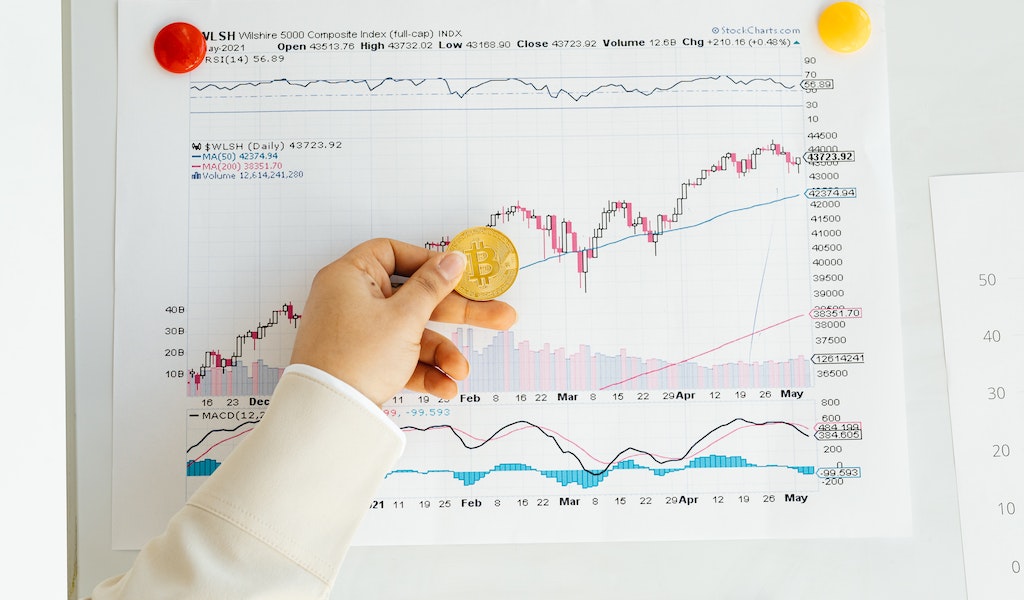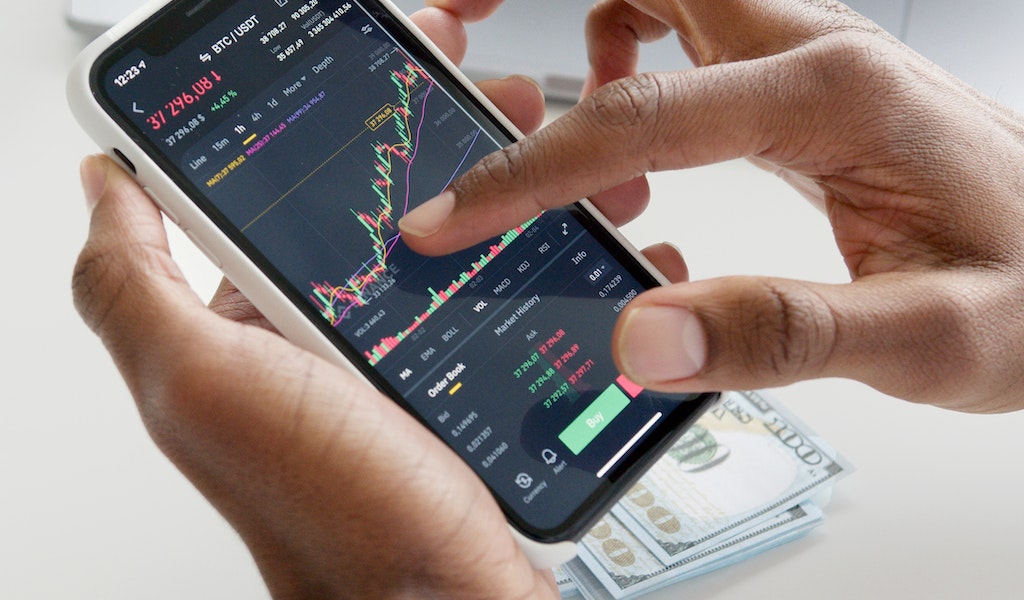Ways to Measure Business Risk – Starting and running a business involves a certain level of risk. In order to succeed, you need to be aware of the risks that your business is exposed to and have a solid plan in place to manage them.
One of the key components of effective risk management is measuring business risk.
In this guide, we will explore the different ways to measure business risk and provide you with the knowledge you need to safeguard your business.
Introduction
Every business faces risks that can impact their operations and financial stability. Risks can come from internal or external sources, and they can vary in severity and likelihood.
Measuring business risk is essential to identify the potential hazards and protect the business from these risks.
In this guide, we will cover the most effective Ways to Measure Business Risk, including the different factors that influence risk, the types of risk measurement methods, and the importance of evaluating risk.
What is Business Risk?
Before diving into Ways to Measure Business Risk, let’s first understand what business risk is. Business risk refers to the potential hazards that a business faces, which can affect its profitability, reputation, and operations.
These risks can come from various sources, including economic, financial, operational, and strategic factors. Business risk can be categorized as internal or external.
Factors That Influence Business Risk
Several factors can influence business risk, and it’s important to understand them to identify potential hazards effectively. Here are some of the most important factors that impact business risk.
Internal Factors
Internal factors are those that originate within the business, and they can be controlled or managed by the business owner. Here are some of the internal factors that can influence business risk:
Business Structure
The structure of the business can impact its risk exposure. For example, a sole proprietorship has unlimited liability, which means that the owner is personally responsible for any debts or liabilities incurred by the business.
Financial Position
The financial position of the business can also influence its risk exposure. Businesses with high debt levels are more vulnerable to financial risk than those with low debt levels.
Management and Staffing
Effective management and staffing can reduce the risk of errors and malpractices, which can lead to financial or legal issues for the business.
External Factors
External factors are those that originate outside the business and are beyond the control of the business owner. Here are some of the external factors that can influence business risk:
Market Conditions
The market conditions, including supply and demand, competition, and regulatory changes, can impact the business’s risk exposure.
Economic Factors
Economic factors, such as inflation, recession, and interest rates, can also influence the business’s risk exposure.
Technological Changes
Technological advancements can bring both opportunities and risks to businesses. For example, the adoption of new technology can lead to increased efficiency and profitability, but it can also result in disruption and increased competition.
Ways to Measure Business Risk
Measuring business risk is essential to identify potential hazards and develop effective risk management strategies. Here are some of the most effective Ways to Measure Business Risk.
Quantitative Methods
Quantitative methods involve using numerical data to measure business risk. These methods are objective and provide a clear and measurable result. Here are some of the quantitative methods used to measure business risk:
Probability Analysis
Probability analysis is a statistical method that uses historical data to estimate the likelihood of future events. It’s often used to measure financial risk, such as the risk of default or bankruptcy.
Sensitivity Analysis
Sensitivity analysis is a method that measures the impact of changes in certain variables on the business’s financial performance.
This method is useful in identifying which variables have the most significant impact on the business’s profitability and identifying potential risks associated with them.
Value at Risk (VaR)
Value at Risk (VaR) is a statistical method that measures the potential loss a business can incur within a specific time frame with a certain degree of confidence.
VaR is often used by financial institutions to measure market risk and portfolio risk.
Qualitative Methods
Qualitative methods involve using non-numerical data to measure business risk. These methods are subjective and require expert judgment. Here are some of the qualitative methods used to measure business risk:
Risk Assessment
Risk assessment involves identifying potential risks and evaluating their likelihood and potential impact on the business. This method involves subjective judgment and expert knowledge.
Scenario Analysis
Scenario analysis involves developing hypothetical scenarios to identify potential risks and their impact on the business. This method is useful in identifying potential risks that may not have been previously considered.
Expert Opinion
Expert opinion involves consulting with industry experts to identify potential risks and evaluate their likelihood and impact on the business.
This method is useful in identifying risks that may not be evident from the business’s internal data.
Importance of Evaluating Risk
Evaluating business risk is essential in developing effective risk management strategies. It enables businesses to identify potential hazards and develop contingency plans to minimize the impact of these risks.
Here are some of the key benefits of evaluating business risk:
Proactive Risk Management
Evaluating business risk enables businesses to take proactive measures to manage potential hazards before they occur.
This approach is more effective than reactive risk management, which involves addressing risks after they have occurred.
Improved Decision-Making
Evaluating business risk provides businesses with valuable insights that can inform their decision-making processes. This knowledge enables businesses to make informed decisions that can minimize risk and maximize opportunities.
Enhanced Operational Efficiency
Effective risk management can improve operational efficiency by minimizing the impact of potential hazards on the business’s operations. This approach can reduce downtime, minimize losses, and improve productivity.
Q6. What are the benefits of evaluating business risk?
A6. The benefits of evaluating business risk include proactive risk management, improved decision-making, and enhanced operational efficiency.
Conclusion
Measuring business risk is an essential component of effective risk management.
By understanding the different factors that influence risk and evaluating risk using various methods, businesses can identify potential hazards and develop effective strategies to manage them.
Remember, proactive risk management is always better than reactive risk management. By taking the time to evaluate business risk, businesses can make informed decisions that minimize risk and maximize opportunities.
In conclusion, Ways to Measure Business Risk includes both quantitative and qualitative methods, each with its own advantages and disadvantages.
Businesses should consider a combination of methods to evaluate risk comprehensively.
It’s important to keep in mind that risk measurement is an ongoing process, and businesses should regularly reevaluate their risk management strategies to ensure they remain effective.
Thank you for reading this article on Ways to Measure Business Risk. We hope you found it informative and useful in evaluating your own business risk. If you have any questions or comments, please feel free to reach out to us.









